Related Research Articles

Sir James Brooke, Rajah of Sarawak, was a British soldier and adventurer who founded the Raj of Sarawak in Borneo. He ruled as the first White Rajah of Sarawak from 1841 until his death in 1868.

Henry Thomas Colebrooke FRS FRSE FLS was an English orientalist and mathematician. He has been described as "the first great Sanskrit scholar in Europe".

John Shore, 1st Baron Teignmouth was a British official of the East India Company who served as Governor-General of Bengal from 1793 to 1798. In 1798 he was created Baron Teignmouth in the Peerage of Ireland. Shore was the first president of the British and Foreign Bible Society. A close friend of the orientalist Sir William Jones (1746–1794), Shore edited a memoir of Jones's life in 1804, containing many of Jones's letters.
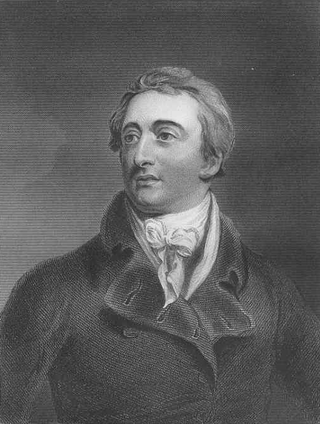
Lieutenant General Lord William Henry Cavendish-Bentinck, known as Lord William Bentinck, was a British soldier and statesman who served as the Governor of Fort William (Bengal) from 1828 to 1834 and the first Governor-General of India from 1834 to 1835. He has been credited for significant social and educational reforms in India, including abolishing sati, forbidding women to witness the cremations on the ghats of Varanasi, suppressing female infanticide and human sacrifice. Bentinck said, "the dreadful responsibility hanging over his head in this world and the next, if… he was to consent to the continuance of this practice (sati) one moment longer." Bentinck after consultation with the army and officials passed the Bengal Sati Regulation, 1829. The challenge came from the Dharma Sabha which appealed in the Privy Council, however the ban on Sati was upheld. He reduced lawlessness by eliminating thuggee – which had existed for over 450 years – with the aid of his chief captain, William Henry Sleeman. Along with Thomas Babington Macaulay he introduced English as the language of instruction in India. Mysore was annexed under his presidency.

Horace Hayman Wilson was an English orientalist who was elected the first Boden Professor of Sanskrit at Oxford University.

William Roxburgh FRSE FRCPE FLS was a Scottish surgeon and botanist who worked extensively in India, describing species and working on economic botany. He is known as the founding father of Indian botany. He published numerous works on Indian botany, illustrated by careful drawings made by Indian artists and accompanied by taxonomic descriptions of many plant species. Apart from the numerous species that he named, many species were named in his honour by his collaborators.

Sir William Brooke O'Shaughnessy MD FRS was an Irish physician famous for his wide-ranging scientific work in pharmacology, chemistry, and inventions related to telegraphy and its use in India. His medical research led to the development of intravenous therapy and introduced the therapeutic use of Cannabis sativa to Western medicine.
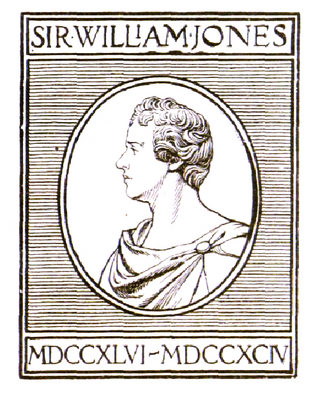
The Asiatic Society is a Government of India organisation founded during the Company rule in India to enhance and further the cause of "Oriental research". It was founded by the philologist William Jones on 15 January 1784 in a meeting presided over by Justice Robert Chambers in Calcutta, the then-capital of the Presidency of Fort William.

James Prinsep FRS was an English scholar, orientalist and antiquary. He was the founding editor of the Journal of the Asiatic Society of Bengal and is best remembered for deciphering the Kharosthi and Brahmi scripts of ancient India. He studied, documented and illustrated many aspects of numismatics, metallurgy, meteorology apart from pursuing his career in India as an assay master at the mint in Benares.
James Esdaile, M.D., E.I.C.S., Bengal (1808–1859), an Edinburgh trained Scottish surgeon, who served for twenty years with the East India Company, is a notable figure in the history of “animal magnetism" and, in particular, in the history of general anaesthesia.

Soorjo Coomar Goodeve Chuckerbutty, also spelled Surjo Kumar Chakraborty was the first Indian to pass the examination of the Indian Medical Service (IMS) in 1855 and subsequently became the Professor of Materia Medica at Calcutta Medical College (CMC) in the latter half of the nineteenth century.
Louis Rémy Aubert-Roche was a French physician born in Vitry-le-François. He was an authority on contagious diseases and medical officer at the construction of the Suez Canal.
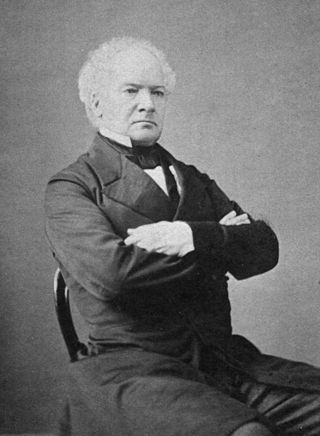
Sir James Ranald Martin was a British military surgeon in Colonial India who worked in the service of the Honourable East India Company and was instrumental in publicising the effects of deforestation, and finding links between human and environmental health.
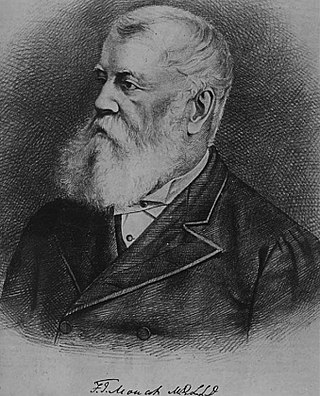
Frederic John Mouat was a British surgeon, chemist and prison reformer. He was part of the committee that helped identify the Andaman Islands as a suitable location for a convict settlement. He examined the use of chaulmogra oil in the treatment of leprosy and published the first illustrated book on human anatomy in Urdu in 1849. He was also involved in the founding of Presidency College, Calcutta.

James Atkinson was a surgeon, artist and Persian scholar — "a Renaissance man among Anglo-Indians".
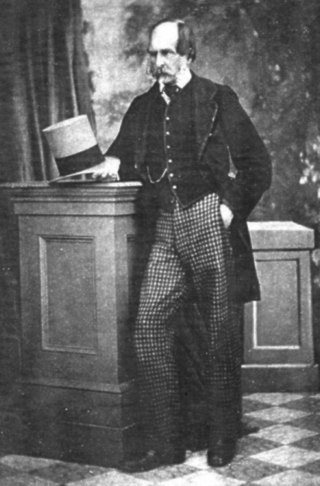
Henry Hurry Iles Goodeve was a British physician, surgeon, anatomy lecturer and member of the Bengal Medical Service. He became professor of anatomy and obstetrics at Calcutta Medical College and was later involved in the training of several Indian medical students on his return to the UK.

William Montgomerie (1797–1856) was a Scottish military doctor with the East India Company, and later head of the medical department at Singapore. He is best known for promoting the use of gutta-percha in Europe. This material was an important natural rubber that made submarine telegraph cables possible. Montgomerie was involved in spice cultivation as head of the Singapore botanical experimental gardens and at his personal estate in Singapore. The latter never became economically viable, but he received a Society of Arts gold medal for nutmeg cultivation. He was also responsible for building the first lunatic asylum in Singapore. Montgomerie died at Barrackpore in India a few years after taking part in the Second Anglo-Burmese War as Superintendent Surgeon.

Seebchunder Nandy or Sib Chandra Nundy was an Indian Bengalis telegraphy official who worked on the first telegraph lines established in British India. He helped install and maintain the first telegraph lines between Agra and Calcutta using innovative approaches to reduce the cost of installation.
John Tytler (1790–1837) was a Scottish medical officer of the East India Company and orientalist. He was also a significant educator of Indian students in Calcutta.
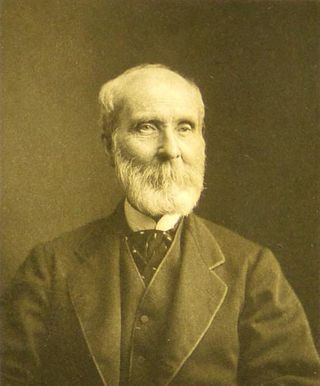
Edward Hare was a British surgeon and former Director-General of Hospitals in Bengal, India. Hare is best known for his medical work in using quinine for treatment of malaria fevers. He was also a vegetarianism activist.
References
- ↑ Scudder, S. H. (1879) Catalogue of scientific serials of all countries, including the transactions of learned societies in the natural, physical and mathematical sciences, 1633-1876. Oxford University. p.253 Online digitised version at Albert R. Mann Library, Cornell University (Version June 2004)
- ↑ At First in Calcutta Website
- ↑ Grove, R. H. (1997) Ecology, Climate and Empire The White House Press, UK, pp. 237 ISBN 1-874267-18-9
- ↑ O'Shaughnessy, W.B. (1839) Case of Tetanus, Cured by a Preparation of Hemp (the Cannabis indica.), Transactions of the Medical and Physical Society of Bengal 8, 1838-40, 462-469 Available online Archived 2008-06-18 at the Wayback Machine
- ↑ Record of the Society from Scholarly Societies Project Website Archived 2008-07-04 at the Wayback Machine
- ↑ "This week's Obituary". British Medical Journal . 1 (1799): 1395. 22 June 1895. doi:10.1136/bmj.1.1799.1395. PMC 2510234 .